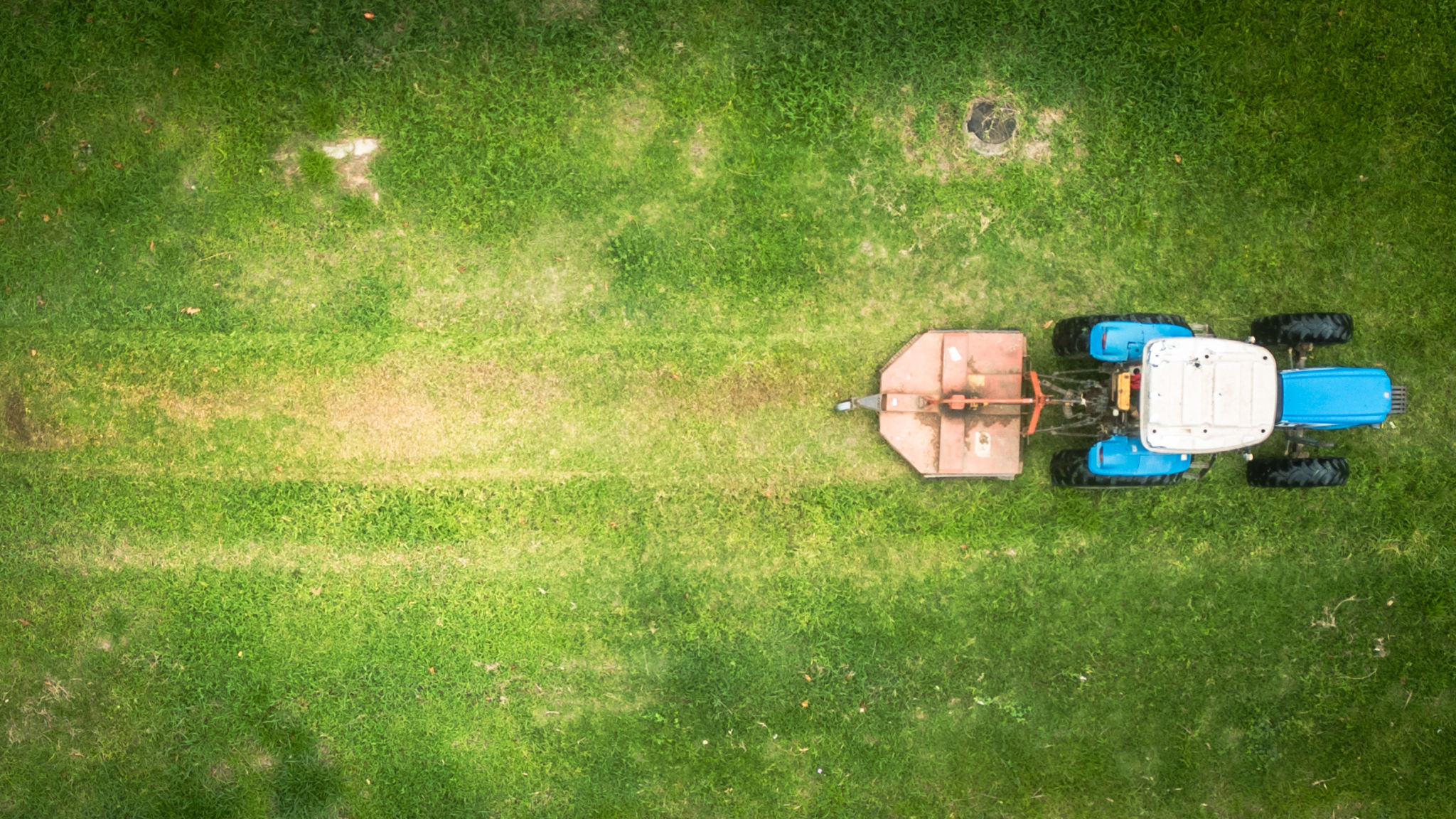Common Lawn Care Myths Busted: What Every Greenville Homeowner Should Know
Myth 1: Watering at Night is Best
Many homeowners believe that watering their lawn at night is the best approach to prevent evaporation and ensure their grass gets enough moisture. However, this practice can actually do more harm than good. Watering at night leaves your lawn damp for extended periods, creating an ideal environment for disease and fungus growth. The best time to water your lawn is early in the morning when the sun is rising but not yet intense. This allows the grass to absorb the water it needs and dry out before evening.

Myth 2: Shorter Grass Means Less Mowing
A common misconception is that cutting your grass shorter will mean less frequent mowing. In reality, mowing your lawn too short can damage the grass and lead to a weak root system, making it more susceptible to weeds and disease. The recommended practice is to mow frequently but never remove more than one-third of the grass blade at a time. This encourages healthy growth and a robust lawn.
Myth 3: Fertilizer is Only for Spring
Many people think that fertilizing their lawn is a task reserved solely for spring. While spring fertilization is crucial, feeding your lawn several times throughout the year is essential for optimal health. A well-timed application of fertilizer in the fall can strengthen roots, giving your lawn a head start for the next growing season.

Myth 4: All Insects Are Harmful
It's easy to assume that every insect you find on your lawn is a threat. However, not all insects are harmful; many are beneficial and play a role in maintaining a healthy ecosystem. For instance, earthworms aerate the soil, improving water and nutrient absorption. Knowing which insects are beneficial can help you manage pests more effectively without harming your lawn's ecosystem.
Myth 5: New Grass Seed Will Fix Any Lawn
Overseeding can be an effective way to repair bare spots, but it's not a cure-all for every lawn issue. Factors like poor soil quality, inadequate watering, and improper mowing practices must also be addressed for overseeding to be successful. Conducting a soil test and adjusting your lawn care practices accordingly will give new grass seed the best chance to thrive.

Myth 6: More Fertilizer Equals a Greener Lawn
Applying more fertilizer than recommended won't necessarily result in a greener lawn. In fact, over-fertilization can lead to a build-up of salts in the soil, which can harm your grass and cause environmental issues like runoff pollution. Following the manufacturer's guidelines for fertilizer use ensures you're providing your lawn with the right amount of nutrients without causing damage.
Myth 7: Dandelions Are a Sign of Poor Lawn Care
Dandelions are often viewed as a sign of neglect, but these resilient plants can sprout even in well-maintained lawns. While they can be unsightly, they aren't necessarily indicative of poor lawn care practices. Managing dandelions involves maintaining a healthy lawn through proper mowing, watering, and fertilization rather than relying solely on herbicides.

Myth 8: Aeration Isn't Necessary
A common belief is that lawn aeration is an optional task. However, aeration is critical for relieving soil compaction, promoting root growth, and improving nutrient uptake. Aerating your lawn once or twice a year can significantly enhance its health and resilience, making it an important step in comprehensive lawn care.